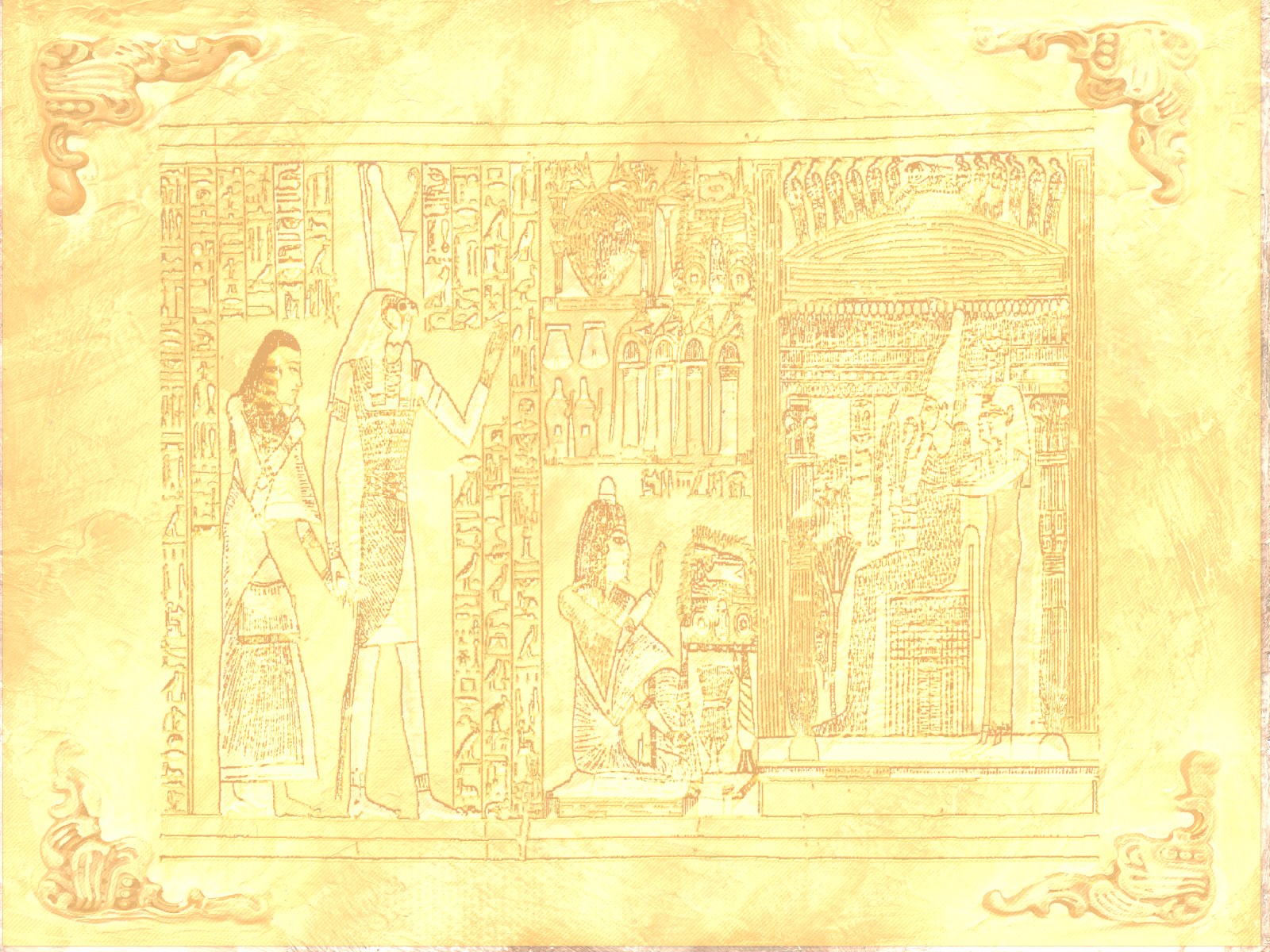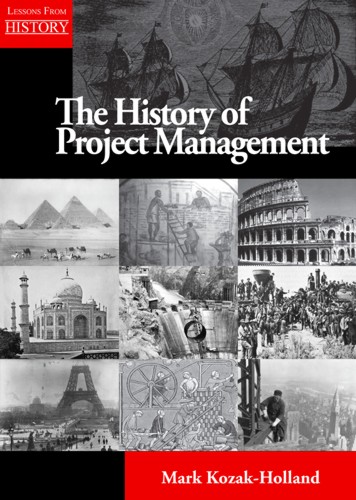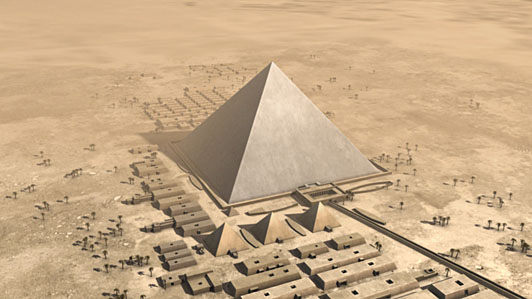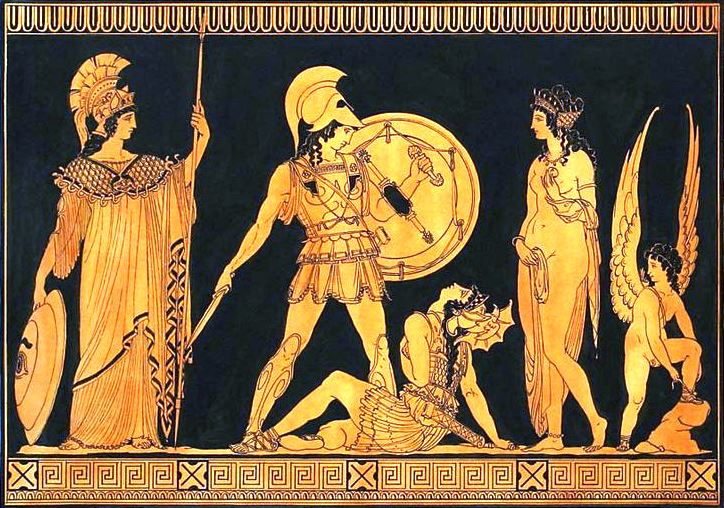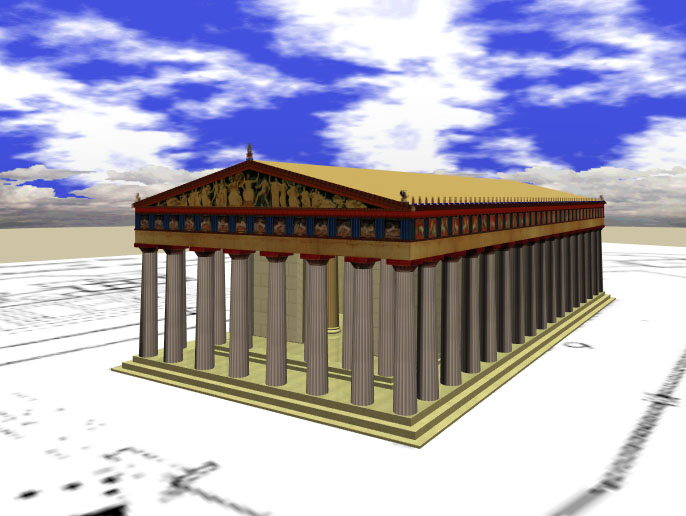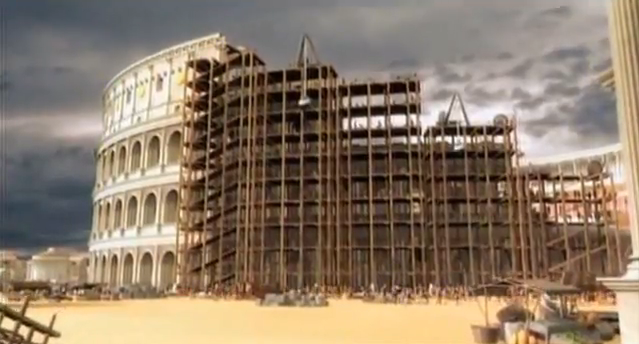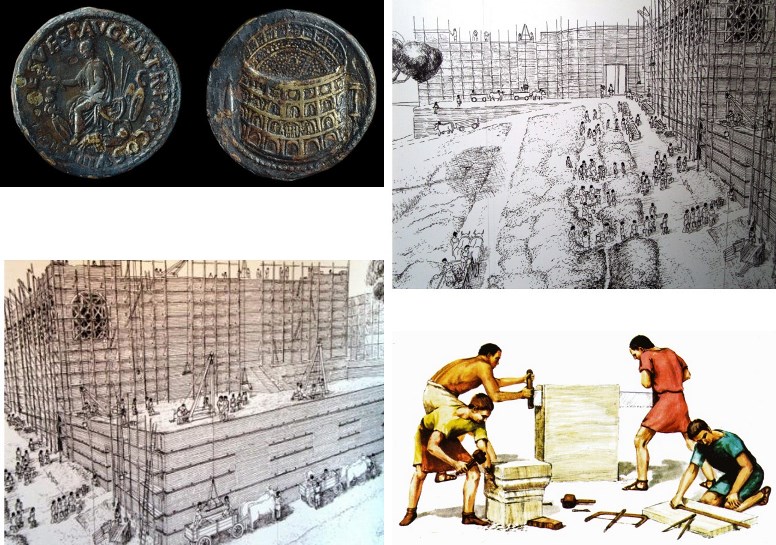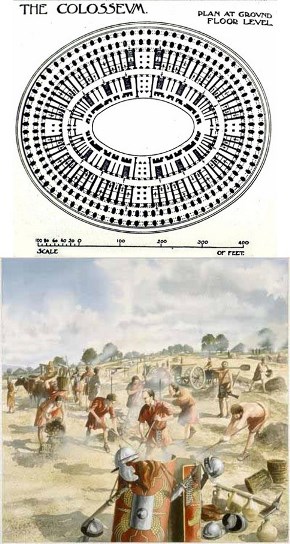Early Eras
From Giza to Hagia Sophia
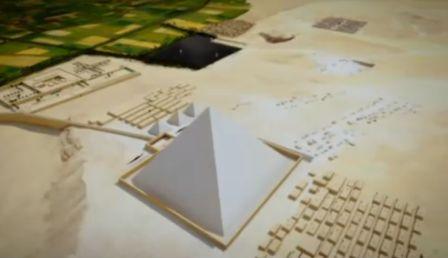
For most people the starting point in the History of Project Management is the Great Pyramid at Giza, a monumental structure for its time, 2550 B.C.E. The project conjures up images of thousands of slaves serving a merciless pharaoh and toiling in inhospitable conditions. Yet in reality labor was not an inexhaustible supply but came at a higher price. From modern research there is little evidence to suggest the use of slave labor, only in the Great Wall of China project (221 B.C.E. - 206 B.C.E.) was peasant labor used. Giza's project workforce lived on a middle-class diet of meat. Giza was built in 20 years and the astounding accuracy of measurements, the level base, and the precision with which 40 to 60 ton blocks were laid, stuns engineers today.
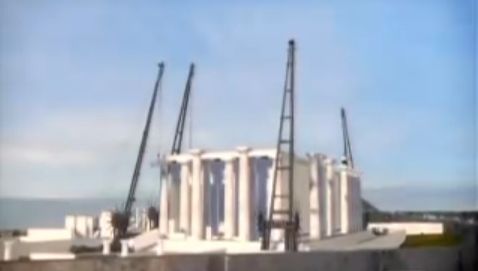 For the next 2,700 years most significant projects, highlighted by the architectural masterpieces of the Greek and Roman eras, were with the creation of edifices and structures. Subtle changes were in the use of ever improving materials like brick, concrete, and iron which provided the project architects more design options and flexibility in the structure. These projects were made possible by the meticulous organization of the project workforce, usually on military lines of specialist groups (trades). Overtime the workforce was streamlined with the development of simple tools like wheels and levers, and wedges, which were incorporated into ever incresingly complex machines like capstans, and massive cranes, necessary for lifting large weights. The Greeks with the Parthenon highlighted the incredible accurarcy of measure, sag lines, and how quality management could be incorporated at a local level without blowing the project budget.
For the next 2,700 years most significant projects, highlighted by the architectural masterpieces of the Greek and Roman eras, were with the creation of edifices and structures. Subtle changes were in the use of ever improving materials like brick, concrete, and iron which provided the project architects more design options and flexibility in the structure. These projects were made possible by the meticulous organization of the project workforce, usually on military lines of specialist groups (trades). Overtime the workforce was streamlined with the development of simple tools like wheels and levers, and wedges, which were incorporated into ever incresingly complex machines like capstans, and massive cranes, necessary for lifting large weights. The Greeks with the Parthenon highlighted the incredible accurarcy of measure, sag lines, and how quality management could be incorporated at a local level without blowing the project budget.
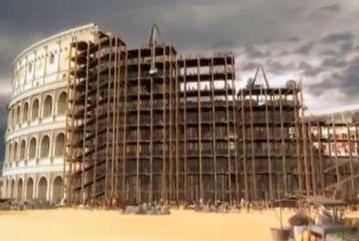 The pace of development continued in and around the Mediterranean, the Middle East and Asia Minor, and the harnessing of animal labor in carrying materials. The Romans were masters of Project Management in creating a massive building program across their empire that included cities and towns, public buildings, and infrastructure (like roads, water (aqeducts) and sewers). The Romans ability to organize stemmed from the military, and the ability to harness a multitude of skills. Keeping to a schedule and cost control were both critical in all Roman projects as Romans broadly propagated these projects throughout the Roman Empire. Julius Caesar provided the economic stimulus that led to a construction boom. This led to projects like those that created the Roman Colisseum, 80 and the Pantheon in 125. Surprisingly, these project were delivered in relatively short timeframes, for example, the Parthenon in 8 years, Colosseum in 9 years, and the Pantheon in 7 years. Like today it was mainly to keep the project sponsor happy.
The pace of development continued in and around the Mediterranean, the Middle East and Asia Minor, and the harnessing of animal labor in carrying materials. The Romans were masters of Project Management in creating a massive building program across their empire that included cities and towns, public buildings, and infrastructure (like roads, water (aqeducts) and sewers). The Romans ability to organize stemmed from the military, and the ability to harness a multitude of skills. Keeping to a schedule and cost control were both critical in all Roman projects as Romans broadly propagated these projects throughout the Roman Empire. Julius Caesar provided the economic stimulus that led to a construction boom. This led to projects like those that created the Roman Colisseum, 80 and the Pantheon in 125. Surprisingly, these project were delivered in relatively short timeframes, for example, the Parthenon in 8 years, Colosseum in 9 years, and the Pantheon in 7 years. Like today it was mainly to keep the project sponsor happy.
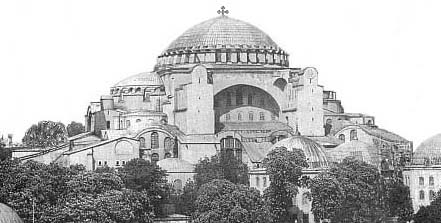
The collapse of the Roman Empire was a set back in the West for over 600 years (the Dark Ages), although projects continued to flourish in the Eastern Roman Empire (through projects like the Cathedral of Hagia Sophia), in the Islamic world, and Eastward across Asia. In addition, the developmen of new emerging technologies (like gunpowder, paper, compass, and the lateen sail) continued to be developed as well as materials like iron.

